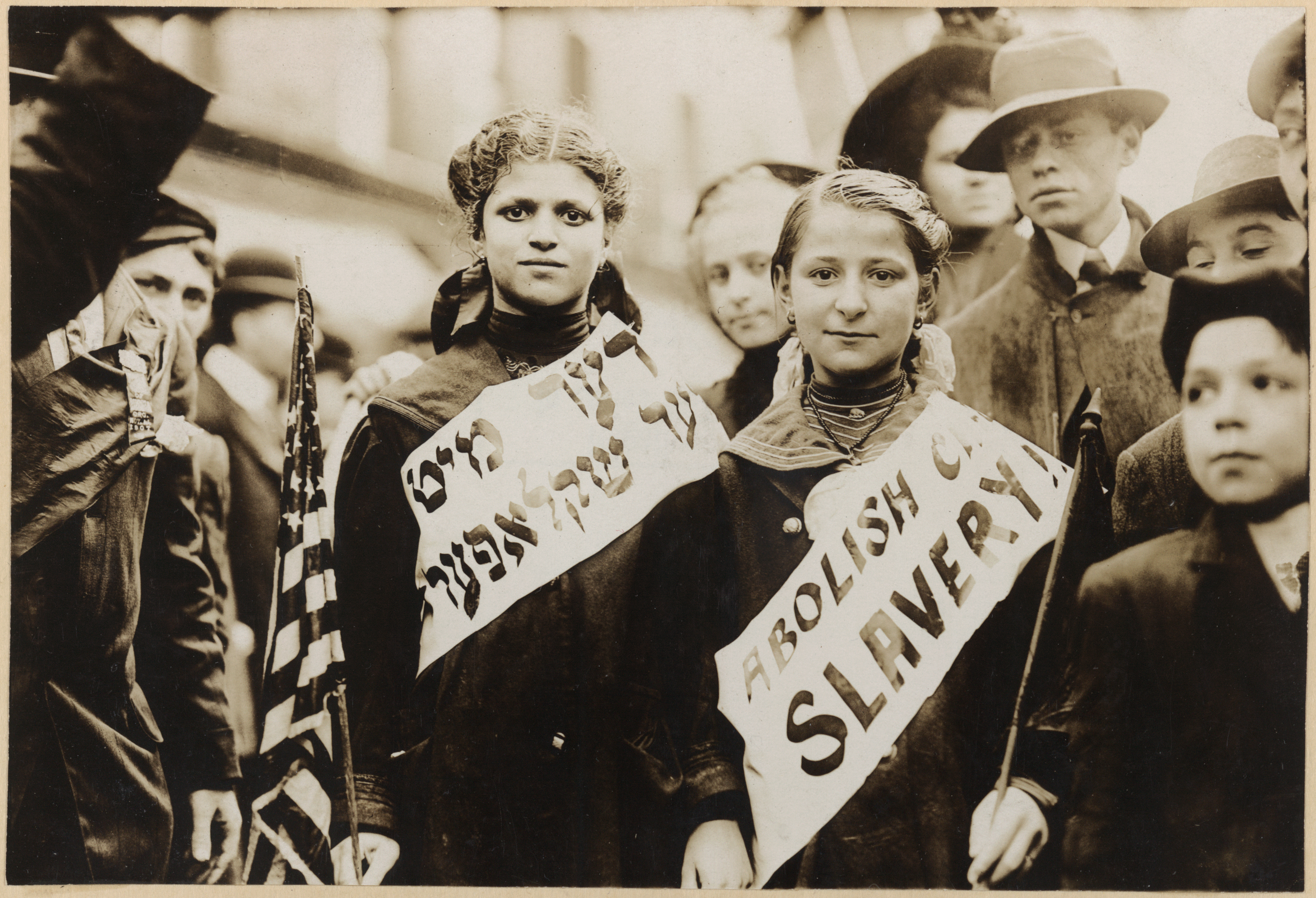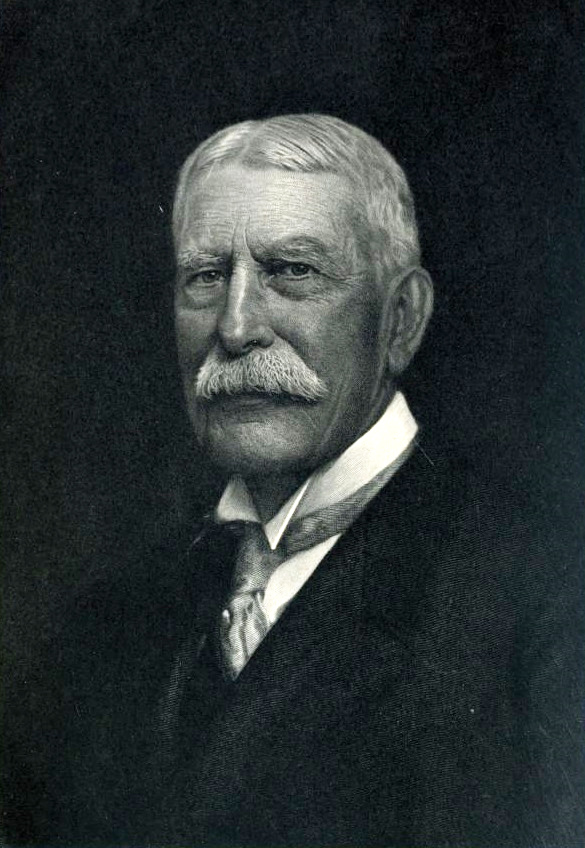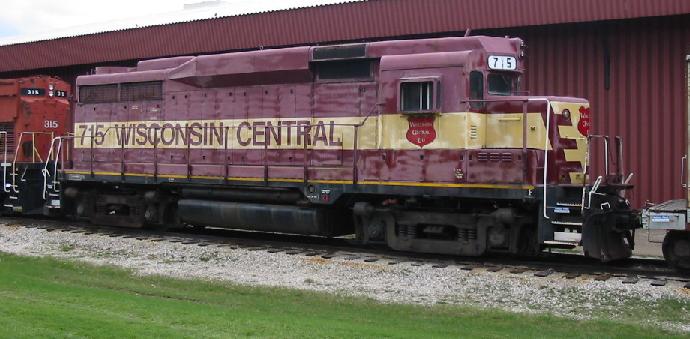|
Class I Rail Carrier
In the United States, railroad carriers are designated as Class I, II, or III, according to annual revenue criteria originally set by the Surface Transportation Board in 1992. With annual adjustments for inflation, the 2019 thresholds were US$504,803,294 for Class I carriers and US$40,384,263 for Class II carriers. (Smaller carriers were Class III by default.) There are seven Class I freight railroad companies in the United States including two Canadian carriers with subsidiary trackage in the United States: BNSF Railway, Canadian National Railway (via its subsidiary Grand Trunk Corporation), Canadian Pacific Railway (via its subsidiary Soo Line Corporation), CSX Transportation, Kansas City Southern Railway, Norfolk Southern Railway, and Union Pacific Railroad. (Mexico's Ferromex and Kansas City Southern de México would qualify as Class I, but do not operate within the United States.) In addition, the national passenger railroad in the United States, Amtrak, would quali ... [...More Info...] [...Related Items...] OR: [Wikipedia] [Google] [Baidu] |
Amtrak
The National Railroad Passenger Corporation, Trade name, doing business as Amtrak () , is the national Passenger train, passenger railroad company of the United States. It operates inter-city rail service in 46 of the 48 contiguous United States, contiguous U.S. States and nine cities in Canada. ''Amtrak'' is a portmanteau of the words ''America'' and ''trak'', the latter itself a sensational spelling of ''track''. Founded in 1971 as a quasi-public corporation to operate many U.S. passenger rail routes, Amtrak receives a combination of state and federal subsidies but is managed as a for-profit corporation, for-profit organization. The United States federal government, through the United States Secretary of Transportation, Secretary of Transportation, owns all the company's Issued shares, issued and Shares outstanding, outstanding preferred stock. Amtrak's headquarters is located one block west of Washington Union Station, Union Station in Washington, D.C. Amtrak serves more th ... [...More Info...] [...Related Items...] OR: [Wikipedia] [Google] [Baidu] |
Switching And Terminal Railroad
A switching and terminal railroad is a freight railroad company whose primary purpose is to perform local switching services or to own and operate a terminal facility. Switching is a type of operation done within the limits of a yard. It generally consists of making up and breaking up trains, storing and classifying cars, serving industries within yard limits, and other related purposes. These movements are made at slow speed under special yard rules.Bureau of Transportation StatisticsDictionary accessed November 2008 A terminal facility can include a union freight station, train ferry, car float or bridge. Its purpose is to connect larger carriers to other modes of transport or other carriers. These companies may be jointly owned by several major carriers; examples include the Kansas City Terminal Railway, Belt Railway of Chicago, Terminal Railroad Association of St. Louis, Galveston Railroad and Conrail Shared Assets Operations. The Internal Revenue Service provides tax i ... [...More Info...] [...Related Items...] OR: [Wikipedia] [Google] [Baidu] |
Regional Railroad
In the United States, a regional railroad is a railroad company that is not Class I, but still has a substantial amount of traffic or trackage (and is thus not a short line). The Association of American Railroads (AAR) has defined the lower bound as of track or $40 million in annual operating revenue. (The Class I threshold is $250 million, adjusted for inflation since 1991.) List of regional railroads The following railroads were classified as regional by the AAR in 2007.Association of American RailroadsAbout the Industry: Railroads and States accessed May 2009 References {{Reflist See also * Regional Railroad of the Year *Regional rail Regional rail, also known as local trains and stopping trains, are passenger rail services that operate between towns and cities. These trains operate with more stops over shorter distances than inter-city rail, but fewer stops and faster serv ..., Regionalbahn — terms for intercity passenger services with more stops than an ... [...More Info...] [...Related Items...] OR: [Wikipedia] [Google] [Baidu] |
Association Of American Railroads
The Association of American Railroads (AAR) is an industry trade group representing primarily the major freight Rail transport, railroads of North America (Canada, Mexico and the United States). Amtrak and some regional Commuter rail in North America, commuter railroads are also members. Smaller freight railroads are typically represented by the American Short Line and Regional Railroad Association (ASLRRA), although some smaller railroads and railroad holding companies are also members of the AAR. The AAR also has two associate programs, and most associates are suppliers to the railroad industry. Creation AAR was created October 12, 1934, by the merger of five industry-related groups: * The American Railway Association * The Association of Railway Executives * The Bureau of Railroad Economics * The Railway Accounting Officers Association * The Railway Treasury Officers Association William George Besler was its first President. Facilities and subsidiaries The AAR is headquarter ... [...More Info...] [...Related Items...] OR: [Wikipedia] [Google] [Baidu] |
Labor Law
Labour laws (also known as labor laws or employment laws) are those that mediate the relationship between workers, employing entities, trade unions, and the government. Collective labour law relates to the tripartite relationship between employee, employer, and union. Individual labour law concerns employees' rights at work also through the contract for work. are social norms (in some cases also technical standards) for the minimum socially acceptable conditions under which employees or contractors are allowed to work. Government agencies (such as the former US Employment Standards Administration) enforclabour law(legislature, regulatory, or judicial). History Following the unification of the city-states in Assyria and Sumer by Sargon of Akkad into a single empire ruled from his home city circa 2334 BC, common Mesopotamian standards for length, area, volume, weight, and time used by artisan guilds in each city was promulgated by Naram-Sin of Akkad (c. 2254–2218 BC), Sargo ... [...More Info...] [...Related Items...] OR: [Wikipedia] [Google] [Baidu] |
Florida East Coast Railway
The Florida East Coast Railway is a Class II railroad operating in the U.S. state of Florida, currently owned by Grupo México. Built primarily in the last quarter of the 19th century and the first decade of the 20th century, the FEC was a project of Standard Oil principal Henry Flagler. He originally visited Florida with his first wife, Mary; they sought assistance with the health issues she faced. A key strategist who worked closely with John D. Rockefeller building the Standard Oil Trust, Flagler noted both great potential and a lack of services during his stay at St. Augustine. He subsequently began what amounted to his second career, developing resorts, industries, and communities all along Florida's shores abutting the Atlantic Ocean. The FEC is possibly best known for building the railroad to Key West, completed in 1912. When the FEC's line from the mainland to Key West was heavily damaged by the Labor Day Hurricane of 1935, the State of Florida purchased the remaini ... [...More Info...] [...Related Items...] OR: [Wikipedia] [Google] [Baidu] |
Trains (magazine)
''Trains'' is a monthly magazine about trains and railroads Rail transport (also known as train transport) is a means of transport that transfers passengers and goods on wheeled vehicles running on rails, which are incorporated in tracks. In contrast to road transport, where the vehicles run on a prep ... aimed at railfan, railroad enthusiasts and railroad industry employees. The magazine primarily covers railroad happenings in the United States and Canada, but has some articles on railroading elsewhere. It is among the 11 magazines published by Kalmbach Media, based in Waukesha, Wisconsin. It was founded as ''Trains'' in 1940 by publisher Al C. Kalmbach and editorial director Linn Westcott. From October 1951 to March 1954, the magazine was named ''Trains and Travel''. Jim Wrinn, a former reporter and editor at the ''Charlotte Observer'', served as editor from 2004 until his death in 2022. Carl A. Swanson succeeded him. Editors * Al C. Kalmbach, 1940–1948 * Willard V. A ... [...More Info...] [...Related Items...] OR: [Wikipedia] [Google] [Baidu] |
Wisconsin Central Ltd
Wisconsin Central Ltd. is a railroad subsidiary of Canadian National. At one time, its parent Wisconsin Central Transportation Corporation owned or operated railroads in the United States, Canada (Algoma Central Railway), the United Kingdom ( English Welsh & Scottish), New Zealand (Tranz Rail), and Australia (Australian Transport Network). Overview Wisconsin Central Ltd. (WC) started in US in the mid-1980s using most of the original Wisconsin Central Railway's rights of way and some former Milwaukee Road rights of way after the Soo Line Railroad acquired the Wisconsin, Illinois, Indiana, Missouri and Minnesota holdings of the bankrupt Milwaukee Road and divested its older railway trackage in Wisconsin. In 1993 the Wisconsin Central also acquired the Green Bay and Western Railroad and the Fox River Valley Railroad. In 1995, Wisconsin Central acquired the Canadian Algoma Central Railway whose tracks ran north of Sault Saint Marie to Hearst, Ontario. The Algoma Central runs a p ... [...More Info...] [...Related Items...] OR: [Wikipedia] [Google] [Baidu] |
Montana Rail Link
Montana Rail Link is a privately held Class II railroad in the United States. It operates on trackage originally built by the Northern Pacific Railway and leased from its successor BNSF. MRL is a unit of The Washington Companies and is headquartered in Missoula, Montana. The railroad runs between Huntley, Montana and Spokane, Washington, largely within Montana, and the main line passes through the towns of Missoula, Livingston, Bozeman, Billings, and Helena. Montana Rail Link connects with the BNSF on both ends and also in Garrison, Montana. The railroad has over of track, serves 100 stations, and employs approximately 1,000 personnel. The main classification yard is in Laurel, Montana, with engine roundhouse and repair and mechanical facilities in Livingston, Montana, and with smaller yards located in Missoula, Billings, Bozeman and Helena. In January 2022, MRL and BNSF agreed on an early lease termination to return control of the line to BNSF. This now awaits approv ... [...More Info...] [...Related Items...] OR: [Wikipedia] [Google] [Baidu] |
Railway Age
''Railway Age'' is an American trade magazine for the rail transport industry. It was founded in 1856 in Chicago (the United States' major railroad hub) and is published monthly by Simmons-Boardman Publishing Corporation. History The magazine's original title was the ''Western Railroad Gazette,'' and was renamed the ''Railroad Gazette'' in 1870. In June 1908, after purchasing its chief rival, ''The Railway Age'' (founded in 1876 in Chicago), it changed its title to ''Railroad Age Gazette'', then in January 1910, to ''Railway Age Gazette''. In 1918 it shortened its name to the current title. ''Railway Review'' (originally the ''Chicago Railway Review'') was merged into ''Railway Age'' in 1927. Publications that have been merged into ''Railway Age'' include ''American Railroad Journal'', founded 1832, renamed ''The Railroad and Engineering Journal'' in 1887 by its then new owner/editor, Matthias N. Forney. It became ''American Engineer & Railroad Journal'' in 1883, then ''Railway ... [...More Info...] [...Related Items...] OR: [Wikipedia] [Google] [Baidu] |
Class III Railroad
In the United States, railroad carriers are designated as Class I, II, or III, according to annual revenue criteria originally set by the Surface Transportation Board in 1992. With annual adjustments for inflation, the 2019 thresholds were US$504,803,294 for Class I carriers and US$40,384,263 for Class II carriers. (Smaller carriers were Class III by default.) There are seven Class I freight railroad companies in the United States including two Canadian carriers with subsidiary trackage in the United States: BNSF Railway, Canadian National Railway (via its subsidiary Grand Trunk Corporation), Canadian Pacific Railway (via its subsidiary Soo Line Corporation), CSX Transportation, Kansas City Southern Railway, Norfolk Southern Railway, and Union Pacific Railroad. (Mexico's Ferromex and Kansas City Southern de México would qualify as Class I, but do not operate within the United States.) In addition, the national passenger railroad in the United States, Amtrak, would qualify as C ... [...More Info...] [...Related Items...] OR: [Wikipedia] [Google] [Baidu] |




